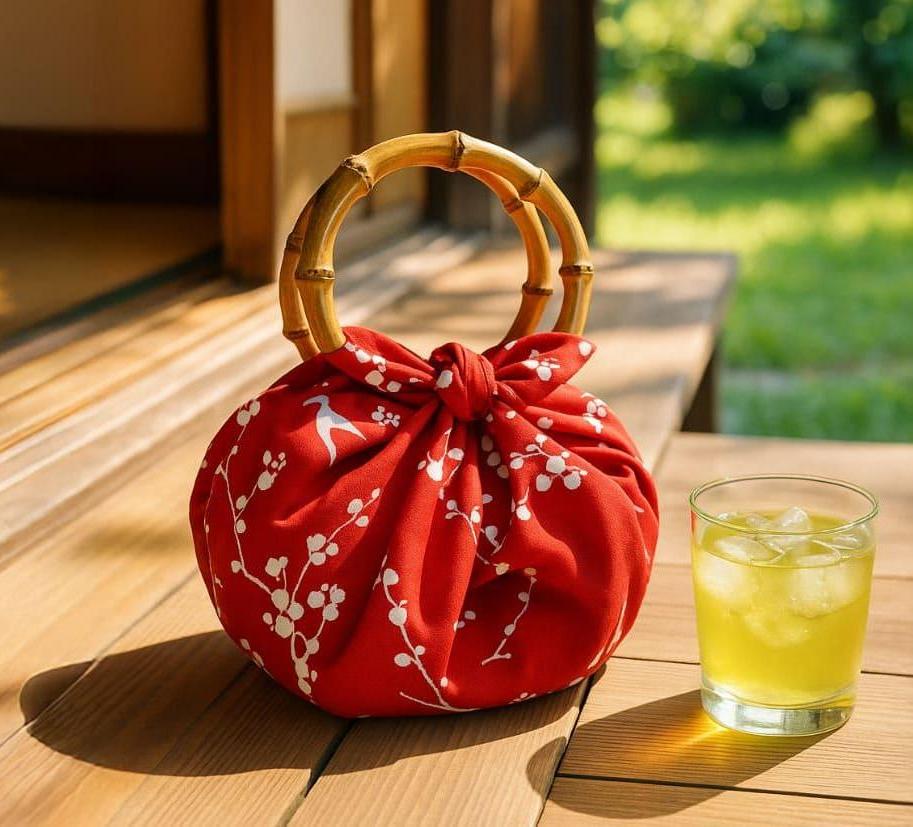Welcome to the second round of Japan’s Real Rules — the quiz that tests how well you really understand this country’s hidden logic.
This time, we’re hopping on a train.
You might be thinking,
“I know Japanese trains — they’re crowded, quiet, and always on time, right?”
Correct. But that’s just the surface.
There’s a whole world of tiny mysteries behind those polite announcements and precise timetables — quirks that make Japan’s train culture wonderfully (and sometimes confusingly) unique.
Ready to board? Let’s begin.

1. 5 Questions about Japanese Trains
Q1. What Counts as “Bad Manners”?
Which of the following is not considered rude on a Japanese train?
(Difficulty: ★★☆☆☆)
- Talking cheerfully on the phone
- Falling completely asleep
- Doing a full makeup routine
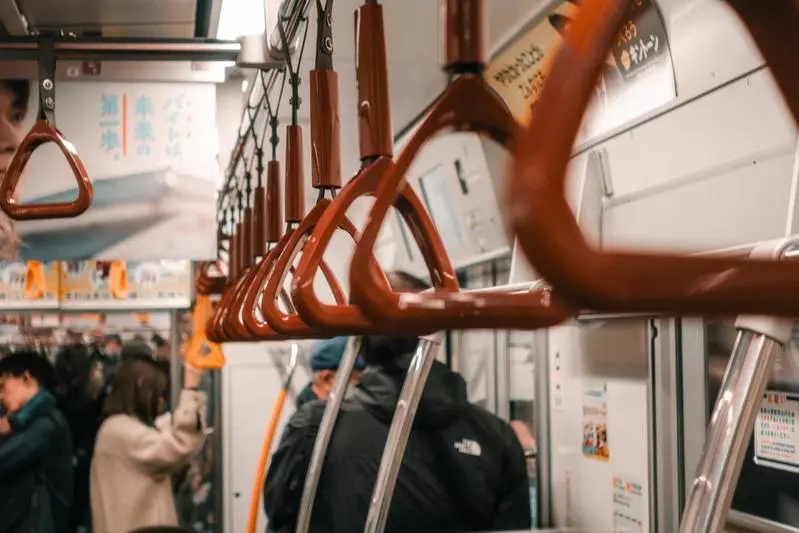
Answer (Tap or click)
2. Falling completely asleep
Explanation:
When a Japanese commuter finds a seat, their first thought is often:
“Finally, I can sleep.”
And nobody cares. Sleeping on the train is practically part of the commute.
1. Phone calls? Technically allowed, socially forbidden — even if you’re talking cheerfully to a friend.
3. Makeup? Also not banned, but people tend to frown upon it.
Why? The reason isn’t written anywhere, but I think it’s the same for both:
they both give off the feeling that “I’m ignoring everyone around me.”
In Japan, such behavior isn’t well received, because people place great value on being considerate of those around them.
Q2. High-Tech Country?
What percentage of train stations in Japan accept IC cards such as Suica or Pasmo?
(Difficulty: ★★★☆☆)
- Around 50%
- Around 80%
- Around 95%
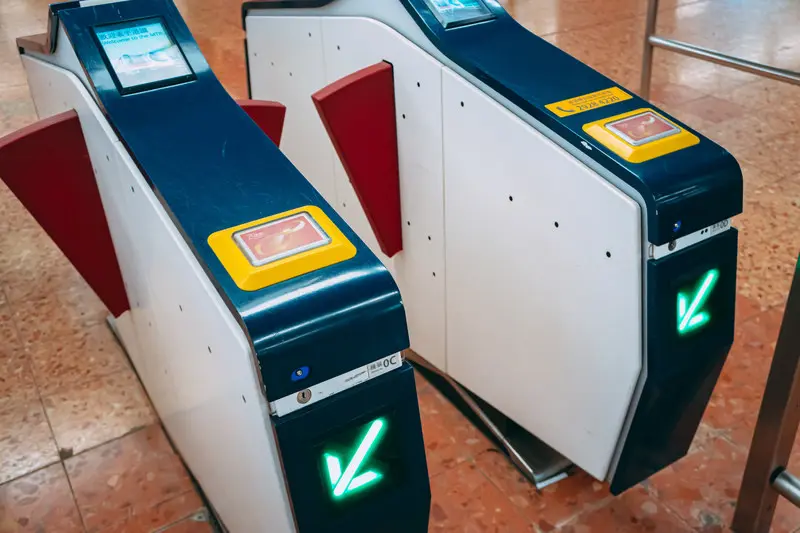
Answer (Tap or click)
1. Around 50%
Explanation:
Despite Japan’s “high-tech” image, IC cards are still mostly limited to big cities.
In rural areas, many stations still don’t support them.
So if you show up without cash — even if you’re as rich as Bill Gates —
you’re not getting on that train.
When traveling outside major cities, keep some yen handy.
Q3. Men Not Allowed
In Japan, some train cars are marked “Women Only” during certain hours.
Why is that?
(Difficulty: ★★☆☆☆)
- To prevent sexual harassment
- As a concession to feminist groups
- Because of weight limits
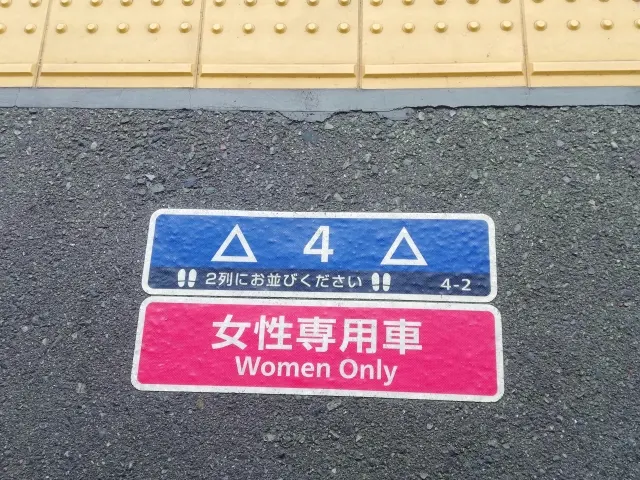
Answer (Tap or click)
1. To prevent sexual harassment
Explanation:
Japan has long struggled with cases of groping on crowded trains,
especially during rush hours.
To address this, many urban lines introduced Women Only Cars in the mornings and evenings.
It’s an embarrassing reality.
Q4. Stay Calm
You’re a man, and you’ve just realized you boarded a “Women Only” car by mistake.
The train is already moving.
What should you do?
(Difficulty: ★☆☆☆☆)
- Call your lawyer immediately
- Move to the corner and pretend to disappear
- Get off calmly at the next station
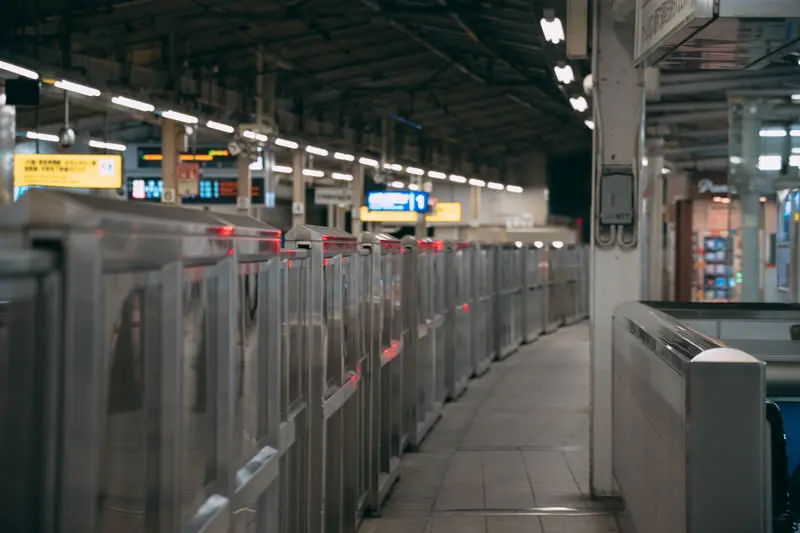
Answer (Tap or click)
3. Get off calmly at the next station
Explanation:
Accidentally boarding a Women Only car isn’t a crime,
and there’s no penalty as long as you correct it quickly.
If it was an honest mistake, just step off at the next stop —
no drama required.
Trying to disguise your voice and pretend you’re a woman?
Not recommended.
Q5. Why Make It So Complicated?
In Japan, you sometimes have to exit through the ticket gate and re-enter when transferring between lines.
Why?
(Difficulty: ★★★★☆)
- To prevent fare evasion
- Because multiple railway companies operate separately
- Because of the ticket gate manufacturers’ lobby

Answer (Tap or click)
2. Because multiple railway companies operate separately
Explanation:
In Tokyo alone, you’ll find JR, Odakyu, Keio, Tokyu, Keikyu, Metro, and Toei —
each a completely separate company with its own system and fares.
So yes, even if the lines meet in the same station building,
you may still have to exit and re-enter through another gate.
Sounds inconvenient? It is.
But cooperation between companies has never been Japan’s strong suit.
2. Wrap-up
How did you do?
If you got them all right, you’re officially ready to join the morning rush and experience Japan’s legendary commuter trains.
If not — don’t worry.
All tracks eventually lead to Rome.
See you in Vol.3!


